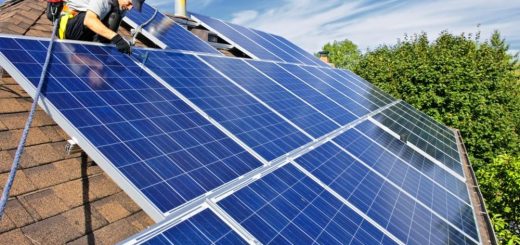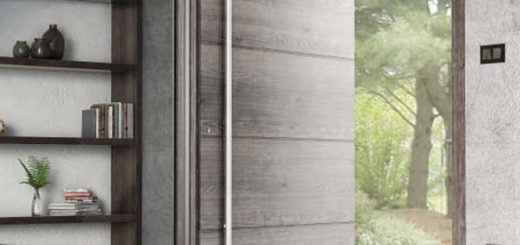A short and informative way to learn how to deal with Japanese knotweed
There is a kind of weed that causes havoc across the United Kingdom; the Japanese Knotweed that is the arch-nemesis of everyone because of its destructive nature that is the root cause of millions of pounds’ worth of damage to houses, buildings, roads, drainage systems, and walls
A lot of people, experts and scientists are coming up with the best solution to eliminate this invasive type of plant that grows very quick that its roots can reach and penetrate a concrete structure as deep as three meters and seven meters across, and if it is left unchecked, it causes massive damage to the structure it sticks on.
The Japanese knotweed usually flourishes during the end of the summer and early spring from June to July. Once it grows, it is unstoppable, it can initially grow up to three meters and continues to grow especially its roots.
- What kind of threat does this plant poses?
The Japanese knotweed not just threatens and destroys concrete structures, but it also poses danger to native plant and animal life because of its dense networks of underground growth considering that this plant has the ability to adapt to different climates that can inhibit plant growth that causes the surrounding flora to wither down and eventually succumb. Its roots can reach up to three meters and can penetrate the tiniest nooks and crannies of a building, and once it grows, it creates very visible cracks from within.

Its destructive nature prevents wildlife from living naturally, and it is also the main cause of flood defense structures to get damaged. Due to its serious impact in man-made structures and in nature, it is very important for people to learn how to control and eliminate its growth.
If you want to learn more about the Japanese Knotweed, the Royal Institute of Chartered Surveyors (RICS) made an informational chart that helps to identify this plant a lot easier. This is already being considered a crisis across the United Kingdom because its damage already costs more than £150 million to rehabilitate certain areas and structures that were damaged by it.
- Identifying the areas where this plant grows abundantly
The most common areas that the Japanese knotweed grows are of course gardens, but it is also noticeably to grow rapidly at drainages, and waterways as well as most buried services. In a house, aside from garden, it can also grow in patios, pathways, and driveways. It is also known to grow its vines and roots by crawling up on walls, greenhouses, sheds, and garages.
- Eliminating the problem
If you notice that there is an unusual weed or plant that overgrows around your garden or crawls up at a wall, you should make these necessary steps to eliminate it in your property. First, the best Japanese knotweed control is uprooting it and dig it out as soon as possible because it can rapidly grow and strengthen its roots deeper into the ground and it will likely regrow in just a matter of short time. You can also use herbicides or other chemicals that you can buy over-the-counter. The best and most effective chemical to eliminate Japanese knotweed is a chemical that has a glyphosate-based weed killer that is recommended by most gardeners.


















